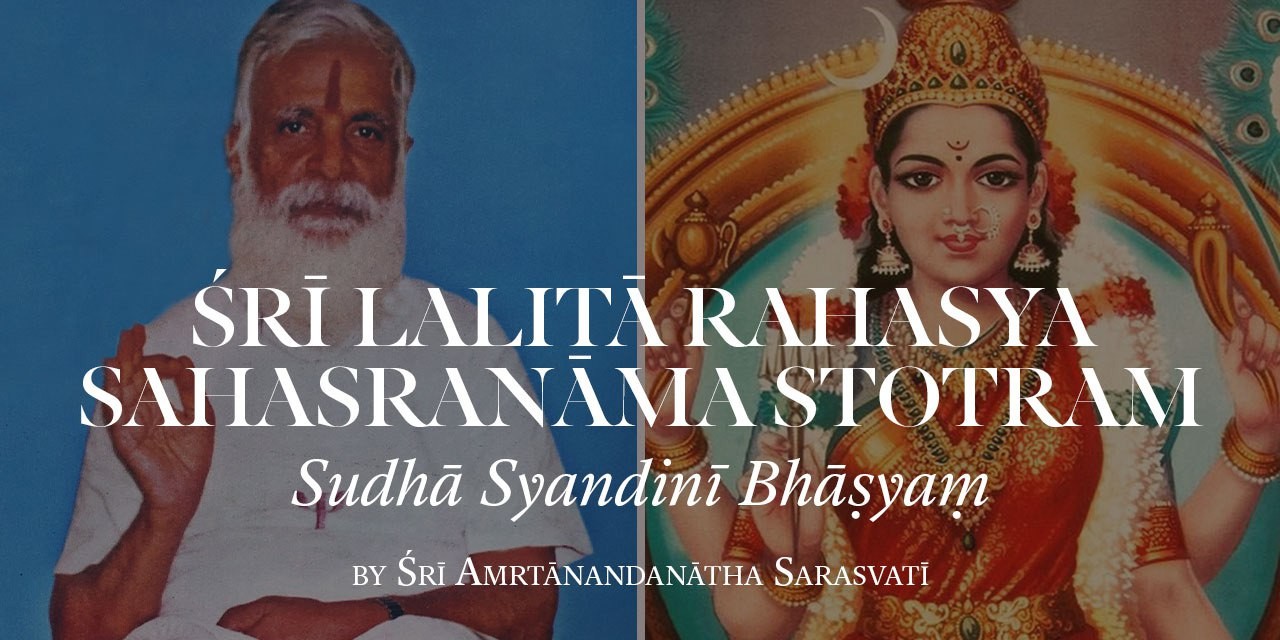
30) Kāmeśa-baddha-māṅgalya-sūtra-śobhita-kandharā
The first ornament tied by Kāmeśvara as a symbol of marriage, love, and affection is shining on Her neck. Of all the ornaments, this is the most treasured ornament by any Indian woman. This goes around the neck as a symbol of saubhāgya, because the head represents the liṅga. [It represents] two symbolic orbs representing the breasts and the yoni as the junction, it arouses the sentiments of love in the husband by reminding him of the marriage. This is usually hidden from the sight of other men, by keeping it close to the heart and covering the breasts. But this habit is a later day development, as, in the olden days of the puraṇas and even in recent times as the pre-muslin invasion to India, covering the breasts was not the usual practice as witnessed by innumerable sculptures in the rich heritage of temples. The goddess can be clearly seen with the saubhāgyābharanam around Her neck. It may be imagined that in the present-day culture, exposing the breasts may arouse lust. But that is not what happens when you look at the Devi or any Indian sculpture showing transcendental beauties. The ornaments worn bring out the beauty without bringing out the lust.
Source: Śrī Amṛtānandanātha Saraswatī "Sudhā Syandinī Bhāṣyaṃ" Typed Manuscript
(an incomplete commentary on Lalitā Sahasranāma)
